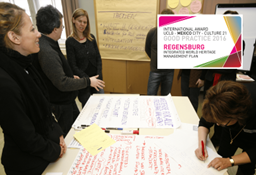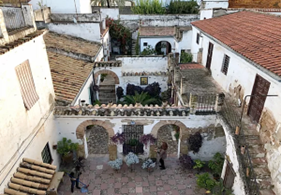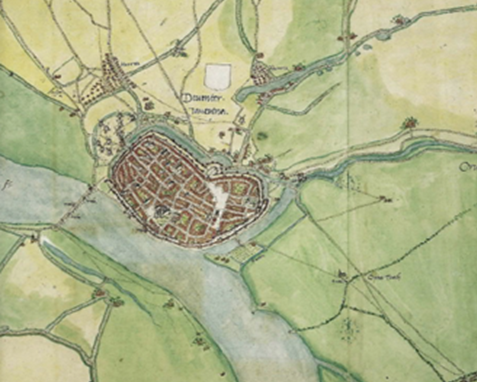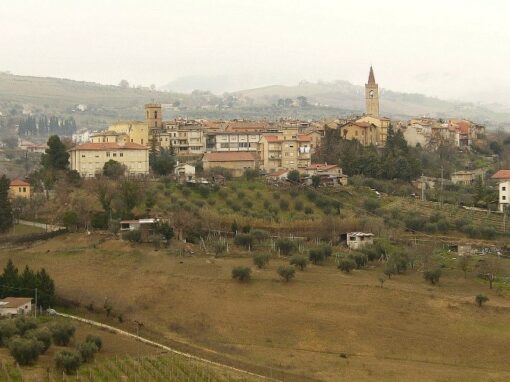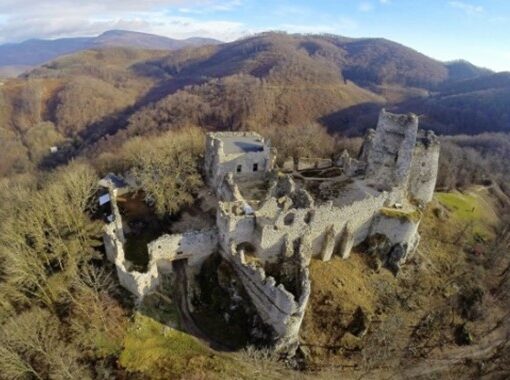Mikulov Urban Conservation Area
Mikulov, Czech republic
Lead
Main hazard(s)
Disaster Risk Management phase(s)
Type(s) of measure(s)
Background
Within this project, the Mikulov municipality developed an integrated management plan, in addition to an international database (through funding from Interreg and specifically the BhENEFIT project)), based on the INSPIRE directive, designed to support European strategies for cities and communities in the Danube Region (also known as the Danube Strategy). In particular, the MPR Mikulov project pursues the protection and the security of cultural heritage of the area around the Mikulov Municipality. The project allowed the drafting of statistics about the area’s risk exposure, in particular to earthquakes, floods and fires.
The City of Mikulov has been the principal managing institution and has established effective cooperation with other actors including the private sector. Besides the building owners, the municipality also cooperated with cultural and tourism service providers, and academics (e.g. the MENDELU Faculty of Horticulture).
Within the BhENEFIT project, new approaches to sustainability as part of the program (environmental, economic and social issues) were proposed, which have met with a high level of social acceptance.
Sources
https://www.interreg-central.eu/Content.Node/Bhenefit/Urban-walk-in-Mikulov.html
Interview with Karel Barinka, Project Manager for Interreg at Mikulov Municipality
The BhENEFIT project
The BhENEFIT project focused on improving the management of historic built areas, combining daily maintenance with preservation and valorisation in a sustainable way. The project found innovative solutions to how to evaluate the use and historic value of built areas and how to optimise building performance (improving energy efficiency and structural performance).The total cost of the MPR Mikulov regeneration has so far been €14.4 million, with an expected further cost of €3.9 million by 2020, according to the Regeneration Programme.
Contact info
Karel Barinka, Mikulov Municipality; kbdp@volny.cz
Sofia Salardi; sofia.salardi@comune.mantova.gov.it
Detailed description
For the implementation, Mikulov followed the ‘BhENEFIT methodology’, which was validated by 12 partners, including cities, regions, researchers and SMEs in 7 different areas, and applied to specific issues (earthquake, pollution, touristic flows, energy efficiency etc.). New tools, like action plans and ICT tools, were developed to increase the cooperation among stakeholders involved in sustainable management of Historic Built Areas (HBA), enhance their awareness and skills, increase availability of data and information, and to monitor and plan more effectively. The following areas of action were implemented:
- Restoration and maintenance of technical infrastructure; urban and architectural care, particularly in compliance with approved regulations of spatial planning;
- Completion of the public areas with small architectural structures and greenery, establishment of traffic-restricted and pedestrian zones;
- Care for and restoration of existing and defunct historical greenery, and sensible establishment of new public green;
- MPR recovery, especially the Square, as a historical public centre of the city with appropriate business and public activities and operations focusing on the long-term concept and goals of the city; restoration and care of the quality of natural components of the environment and its ecological stability;
- Encouraging the city’s inhabitants to participate in regeneration – to instigate and support cultural and educational activities-
Main outcomes and highlights
- Public participation was increasing during the development of the new strategic documents. A contemporary and pro-active approach to the rehabilitation process for many historic buildings was adopted, while project management was conducted in a multi-sectoral and participative way (following also the updated urban regeneration strategy of 09/2017).
- Financing establishment of a register of costs for the re-construction of the housing stock in buildings within the MPR area was not unlimited, and as a result, the city had to struggle to find and allocate other financial sources (private investment) beyond the frame of state and municipal subsidies. The project team followed existing legislation and organisation to negotiate and approve the new local plan, which ended up in the review of the MPR Regulation Plan (assignment was discussed and approved by the Mikulov city council, 02/2017).
- The municipality’s approach under the program was highlighted as a good practice for the BhENEFIT project.
Sucess factors
- Funding from multiple sources (national, regional, EU, etc.), has been organisationally demanding and challenging. Projects are focused on restoration and reconstruction of monuments and public spaces; sustainability and climate change are still taken indirectly. This is actually changing, the importance of measures (sustainability, climate change, etc.) rises.
- For example, a financial instrument for projects to reduce the energy performance of buildings. So far, it is a state of intent. An obstacle is the conservative approach of the monument protection authority.
- Public funding instruments for example from the Environment Ministry, partially also Ministry of Regional Development, and Ministry of Culture were employed to combine funding streams.
Lessons learned
- Capacity, technical support and finance is never enough; constant monitoring and re-thinking of the activities was needed throughout the project design and implementation
- Processes in HBA are always more demanding, organisationally and especially financially.
- In general, the issue of sustainability and climate change is problematic in the context of HBA. This is also due to the conservative NPU (National heritage authority) approach.
- Long-term conceptual measures that exist, there are good results (especially in last 15-20 years), responses to the city’s and inhabitants needs.
- Lack of (partially) population interest, cumbersome legislation in CR (very long-term approval processes, building permits, etc.), some NPU procedures, and HBA financial requirements
